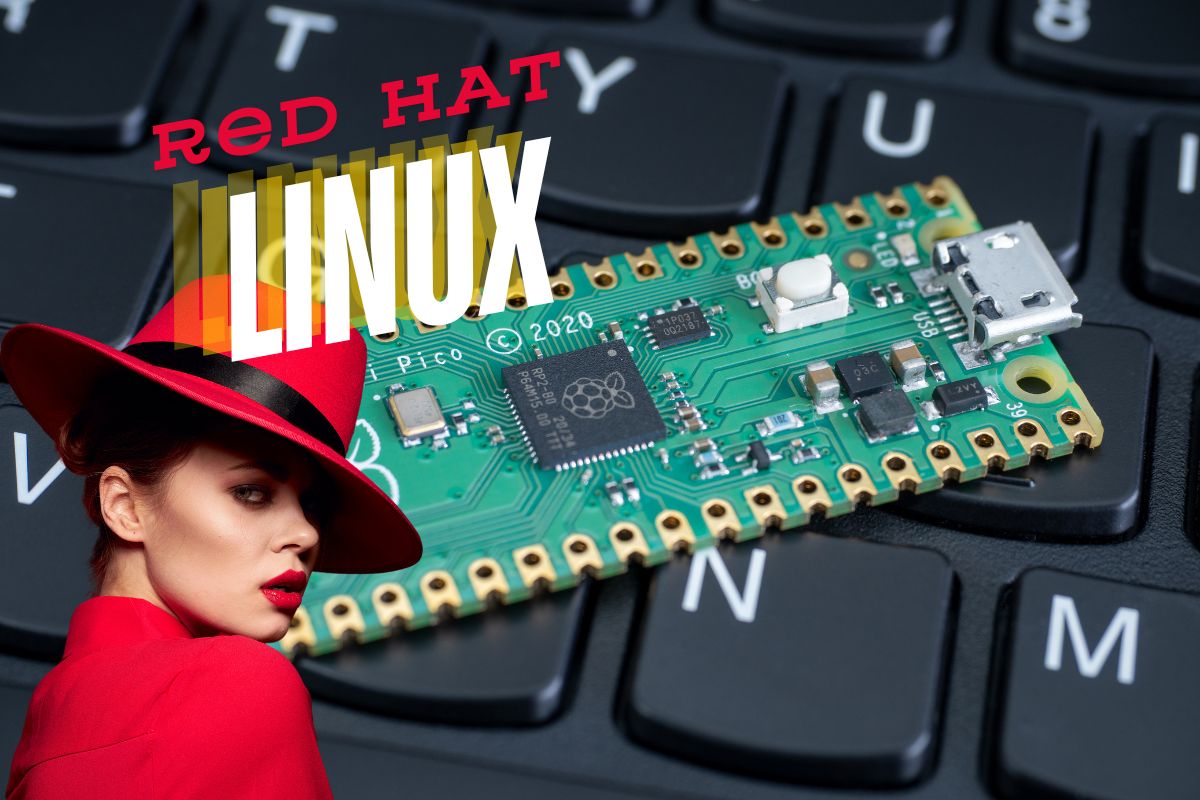Virtualization has become an integral part of modern computing, allowing users to run multiple operating systems on a single physical machine. Ubuntu, a popular Linux distribution, can be easily virtualized using VirtualBox, a free and open-source virtualization tool. In this article, we will explore the basics of Ubuntu virtualization with VirtualBox and provide tips for mastering this powerful technology.

Getting Started with VirtualBox
Before you can start virtualizing Ubuntu with VirtualBox, you need to download and install the software on your host machine. VirtualBox is available for Windows, macOS, and Linux, making it a versatile tool for virtualization. Once you have installed VirtualBox, you can proceed to create a new virtual machine for Ubuntu.
To create a new virtual machine in VirtualBox, click on the “New” button and follow the wizard to set up the virtual machine. You will need to specify the operating system type and version (in this case, Ubuntu) and allocate resources such as memory and storage for the virtual machine. It is recommended to allocate at least 2GB of RAM and 20GB of storage for a standard Ubuntu installation.
Installing Ubuntu on VirtualBox
Once you have created the virtual machine, you can proceed to install Ubuntu on it. You will need an Ubuntu ISO image, which you can download from the official Ubuntu website. In VirtualBox, select the virtual machine you created and click on the “Settings” button. Under the “Storage” tab, add the Ubuntu ISO image to the virtual optical drive.
Start the virtual machine and follow the Ubuntu installation process as you would on a physical machine. You can choose to install Ubuntu alongside the existing operating system or create a new partition for Ubuntu. Once the installation is complete, you will have a fully functional Ubuntu virtual machine running on VirtualBox.
Tips for Mastering Ubuntu Virtualization with VirtualBox

1. Snapshots: VirtualBox allows you to take snapshots of your virtual machine at any point in time. Snapshots are useful for creating backups and experimenting with different configurations without risking your main system. To take a snapshot, right-click on the virtual machine and select “Take Snapshot.”
2. Shared Folders: VirtualBox supports shared folders, which allow you to access files on the host machine from the virtual machine. To set up a shared folder, go to the virtual machine’s settings and select the “Shared Folders” tab. Add a new shared folder and specify the folder path on the host machine.
3. Guest Additions: VirtualBox Guest Additions are additional software that enhances the performance and functionality of the virtual machine. Guest Additions provide features such as shared clipboard, seamless mode, and better graphics support. To install Guest Additions, go to the Devices menu in VirtualBox and select “Insert Guest Additions CD image.”
4. Networking: VirtualBox allows you to configure network settings for your virtual machine, including NAT, bridged, and host-only networking. NAT (Network Address Translation) allows the virtual machine to access the internet through the host machine’s network connection. Bridged networking gives the virtual machine its own IP address on the network, while host-only networking creates a private network between the host and virtual machine.
5. Performance Optimization: To optimize the performance of your Ubuntu virtual machine, you can adjust settings such as memory allocation, CPU cores, and graphics memory in VirtualBox. It is important to strike a balance between resource allocation and performance to ensure smooth operation of the virtual machine.
FAQs
Q: Can I run multiple virtual machines simultaneously in VirtualBox?
A: Yes, VirtualBox supports running multiple virtual machines simultaneously, depending on the resources available on the host machine. However, running multiple virtual machines may impact performance, so it is recommended to allocate resources accordingly.
Q: Can I install other operating systems besides Ubuntu in VirtualBox?
A: Yes, VirtualBox supports a wide range of operating systems, including Windows, macOS, and various Linux distributions. You can create virtual machines for different operating systems and switch between them as needed.
Q: Is VirtualBox suitable for production environments?
A: While VirtualBox is a powerful tool for virtualization, it is primarily designed for desktop and development use. For production environments, it is recommended to use enterprise-grade virtualization solutions such as VMware or Hyper-V.
Conclusion
Mastering Ubuntu virtualization with VirtualBox can open up new possibilities for testing software, running multiple operating systems, and experimenting with different configurations. By following the tips and guidelines outlined in this article, you can become proficient in virtualizing Ubuntu with VirtualBox and unlock the full potential of this versatile technology.




































